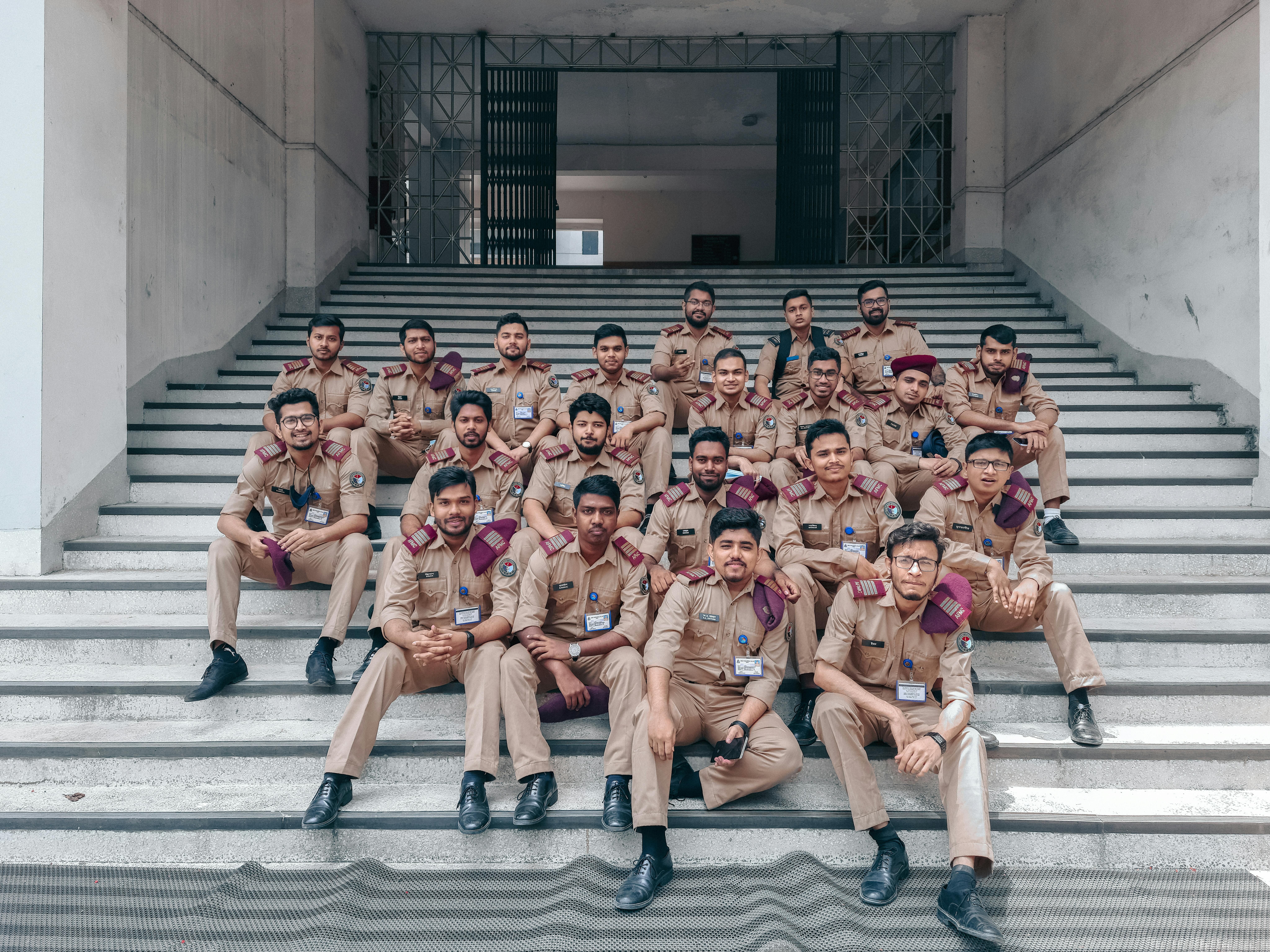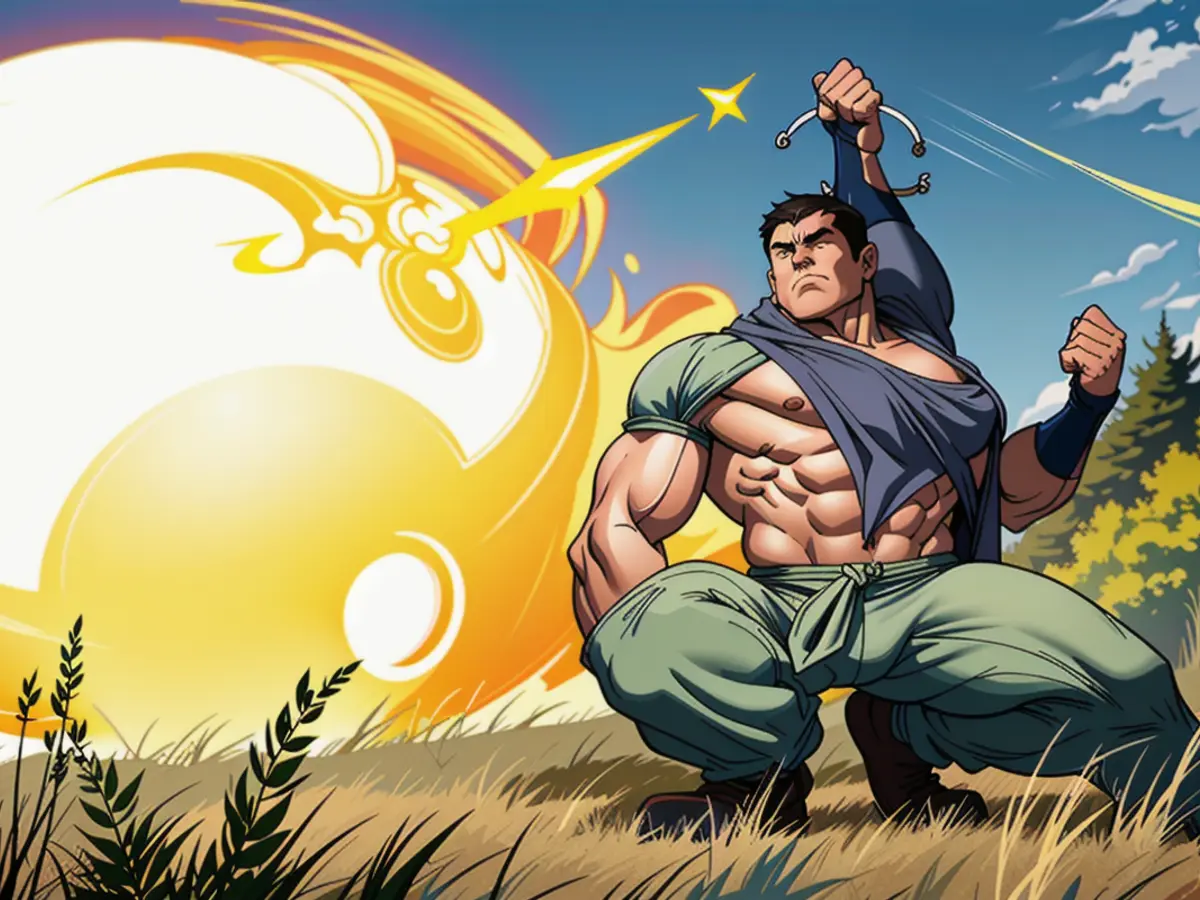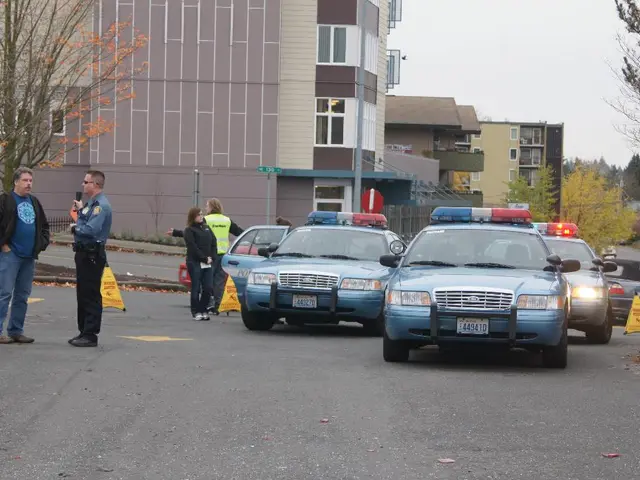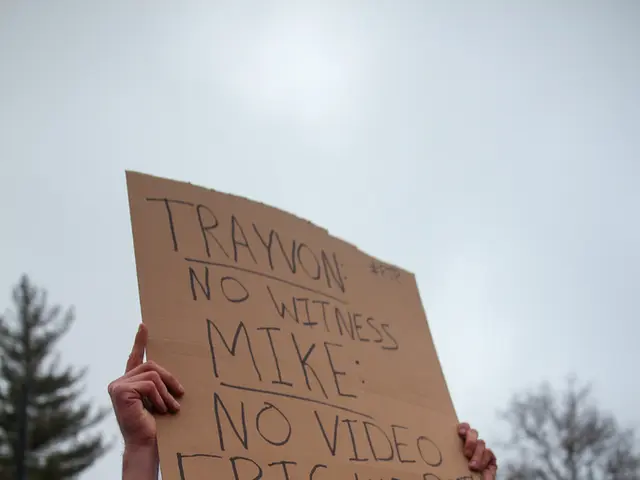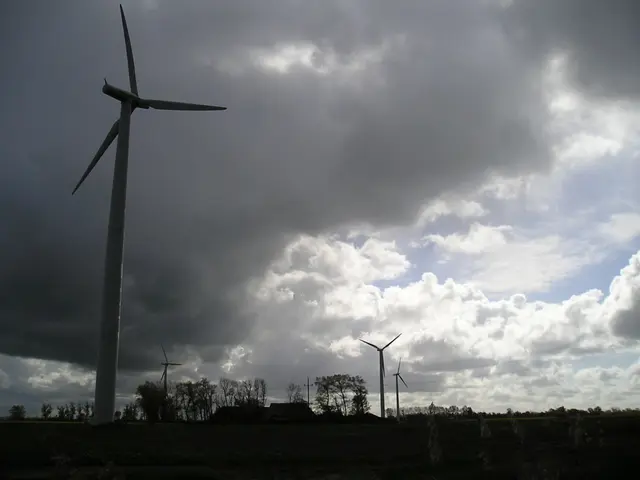"European nations need to transition towards an economy geared for war"
Facebook Twitter Whatsapp E-Mail Print Copy Link
Colonel Markus Reisner believes European countries need to drastically boost their military strength in the face of Russia's military production achievements with minimal resources.
ntv.de: A Greenpeace study surfaces online, cautioning against NATO rearmament in response to Russia. The study states that there's an anxiety-driven rearmament reflex in Germany, even though NATO's military superiority over Russia is evident. What's your take on this, Markus?
Markus Reisner: The Greenpeace study is attempting to downplay the issue. They claim no further efforts for rearmament are necessary. I respectfully disagree! The study fails to consider the current state of European military forces and arms production, as well as Russia's armament efforts in the last three years. This hasty conclusion results in glaring imbalances favoring Russia. A far more enlightening study, published by the London think tank Royal United Services Institute (Rusi), presents conclusions completely opposite to the Greenpeace investigation.
What gives Russia this edge in arms production?
Many puzzle over how Russia manages to sustain the war for extended periods with its limited economic power. The misconception lies in assuming that Russia is single-handedly waging the war. China supplies vital components for production, while India purchases raw materials from Moscow, injecting cash into Russia's coffers. Additionally, there are countries like North Korea or Iran providing hardware, such as drones or artillery ammunition. Further support is given by other states, like the CIS countries, who aid Russia in bypassing sanctions.
What's Russia contributing on its own?
Russia gets far more bang for its buck from its arms industry than NATO countries. Rusi research offers compelling examples of this. One illustration is artillery ammunition and the costs associated with it. In Russia, a 152mm artillery round (shell) costs roughly $1,000, while European prices have ballooned from around $800 to $10,000 since the conflict's start. Europe is still playing catch-up in ammunition production.
Have you got an example demonstrating this?
In 2023 and 2024, Russia produced around 2.5 to 3 million artillery shells, including contributions from North Korea, amassing a stockpile of up to 12 million shells. Moreover, Russia churns out between 2,000 and 3,000 armored combat vehicles annually, with 10 to 15 percent of these being brand-new. Ukraine can only produce such vehicles in limited quantities. In Europe, however, many vehicles are no longer operational, leaving paper stocks deceptively high but effectively low in terms of fight-ready vehicles. Another example comes in the form of guided bombs. Guided bombs are essentially old bombs given a glide capability with the help of a budget-friendly kit (about $20,000). In 2024, Russia produced 40,000 guided bombs, increasing production to an estimated 70,000 in 2025.
Where can we witness Russia's military superiority at the frontlines?
Russia maintains a stable rate of 100 to 150 cruise missile launches per month, allowing for one or two heavy attacks monthly. Furthermore, drones are being used to distract Ukrainian air defenses, necessitating continued Western support for Ukraine to enhance its air defenses.
Has Russia fully transformed its economy into a war economy? Or is it dependent on the continuation of the war to achieve this?
Some argue that the Russian economy is primarily sustained by the war economy, alongside the sale of raw materials to allies. Approximately 3.5 million people are employed in Russia's defense industry in three shifts. This generates both jobs and investments, boosting state revenue.
Does this mean European countries must transform parts of their economies into war economies to counter Russia?
That's the quandary: No one desires to turn a European nation into a war economy. However, for Ukraine to successfully defend itself against Russia, European countries at least partially need to migrate their economies towards a war economy. Over the past three years, it has become crystal clear that Europe was ill-prepared for Russia's aggressive war. At the outset of the war, Europe had minimal artillery ammunition on hand. It was only through production that this could be improved. Yet, Europe still lags behind in arms production.
Why is that?
Because governments haven't provided the industry with clear manufacturing directives, and competition among European arms industries doesn't stimulate max production capacity in a short time. There has also been insufficient focus on mass production. Instead, attention was directed toward developing advanced weapon technologies. Now, however, in this war of attrition, mass production is the essential factor. Lastly, European arms industries are privatized and subject to free-market economics. Without price controls, expenses skyrocket due to the need for substantial investment.
According to an analysis by AFP of data from the US think tank Institute for the Study of War (ISW), the advance of Russian forces in Ukraine has slowed for the fourth month in a row. Why are the Russian forces advancing less rapidly?
First, Russian forces have been focusing on recapturing territory in the Russian region of Kursk. This was to preserve Russian territory as a non-negotiable asset during any future negotiations. The Russian forces have now been relieved of their duties in Kursk. Ukraine is currently targeting the Belgorod region, compelling Russian forces to maintain a presence there as much as possible. Second, the Rasputitsa (muddy season) takes hold, making large, unpaved regions inaccessible, as witnessed in videos from both sides of the conflict. The Russians utilize this period for regrouping, just as they did in the previous year.
Is Russia planning a new offensive?
Recently, the Russians have been intensifying long-range reconnaissance and weapon systems behind Ukrainian lines. They're scouting targets and destroying them, possibly as preparations for a subsequent offensive, which could theoretically occur in early summer. Despite Pokrovsk's near-capture by the Russians, Ukraine managed to stabilize the frontline. Russia is now focusing on another area, with troops positioning themselves to progress towards the Dnipropetrovsk Oblast. In addition, Russian forces have advanced in the Zaporizhzhia Oblast, where preparation for a larger operation might also be underway.
What are indicators of an offensive towards Dnipropetrovsk?
Fighting just south of Pokrovsk has eased slightly, essentially halting the successful encirclement of the city. Southwest of Pokrovsk, an essential railway line witnesses ongoing, intense combat. The Ukrainians seem to be striving to recapture this railway line and the embankment. To the south of Pokrovsk, the Russians are moving westward with substantial force. Few kilometers remain before reaching the border of the Dnipropetrovsk Oblast. I anticipate the Russian forces will cross the border into the Dnipropetrovsk Oblast prior to May 9. In Russia, May 9 is observed as Victory Day over Nazi Germany. Setting foot in the next oblast by May 9 would not have unfavorable consequences for Ukraine immediately. However, it's crucial for Moscow to report having achieved this significant milestone publicly.
Lea Verstl chatted with Markus Reisner
Source: ntv.de
- Europe
- War Economy
- Russia
- Arms Production
- NATO
- Ukraine
- Military
- Arms Industry
- Conflict
- Military Operations
- Markus Reisner suggests European countries should significantly boost their military strength, citing Russia's impressive arms production accomplishments with minimal resources.
- The Greenpeace study, which advises against NATO rearmament due to Russia, is argued by Reisner to downplay the current situation and overlook Russia's arms production efforts in the past three years.
- Russia has an edge in arms production due to international support from countries like China, India, North Korea, and Iran, as well as contributions from its own defense industry, which gives it a more substantial bang for their buck compared to NATO countries.
